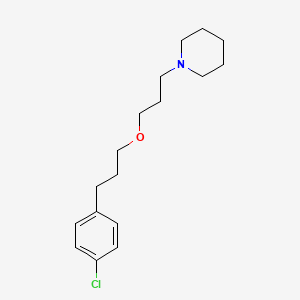In continuation of my update on ruxolitinib

Incyte Corporation announced that the U.S. Food and Drug Administration (FDA) has approved Jakafi (ruxolitinib) for the treatment of steroid-refractory acute GVHD in adult and pediatric patients 12 years and older. Jakafi is the first and only FDA-approved treatment for this indication.
“For the first time, patients with steroid-refractory acute GVHD, and the physicians that treat them, have an FDA-approved treatment for this serious disease,” stated Hervé Hoppenot, Chief Executive Officer, Incyte. “This approval is also an important milestone for Incyte, as it marks the third indication for Jakafi in the United States, further underscoring Incyte’s commitment to delivering innovative medicines for patients in need. We are proud of the impact Jakafi has had on patients’ lives to-date and are dedicated to advancing our ongoing research in JAK inhibition to serve more GVHD patients in the future.”
The approval was based on data from REACH1, an open-label, single-arm, multicenter study of Jakafi in combination with corticosteroids in patients with steroid-refractory grade II-IV acute GVHD. Of the 71 patients recruited into REACH1, 49 patients were refractory to steroids alone, 12 patients had received two or more prior anti-GVHD therapies and 10 patients did not otherwise meet the FDA definition of steroid-refractory. Jakafi was administered at 5 mg twice daily, and the dose could be increased to 10 mg twice daily after three days in the absence of toxicity.
The efficacy of Jakafi was evaluated based upon Day 28 overall response rate (ORR), defined as a complete response (CR), very good partial response or partial response based on the Center for International Blood and Marrow Transplant Research (CIBMTR) criteria. The Day 28 ORR in the 49 patients refractory to steroids alone was 57 percent with a CR rate of 31 percent. The most frequently reported adverse reactions among all 71 study participants were infections (55 percent) and edema (51 percent), and the most common laboratory abnormalities were anemia (75 percent), thrombocytopenia (75 percent) and neutropenia (58 percent).
GVHD is a condition that can occur after an allogeneic stem cell transplant (the transfer of stem cells from a donor) where the donated cells initiate an immune response and attack the transplant recipient’s organs, leading to significant morbidity and mortality. There are two major forms of GVHD, acute and chronic, that can affect multiple organ systems including the skin, gastrointestinal (digestive) tract and liver. Patients who develop steroid-refractory acute GVHD can progress to severe disease, with one-year mortality rates of approximately 70 percent.1
“Every year in the United States, about half of the people who develop acute GVHD do not respond adequately to steroids, making it an extremely challenging disease to treat,” said Madan Jagasia, M.B.B.S., M.S., M.M.H.C., a lead investigator on the REACH1 trial and Professor of Medicine, Vanderbilt University Medical Center, Department of Medicine, Division of Hematology-Oncology and Chief Medical Officer, Vanderbilt-Ingram Cancer Center. “While allogeneic stem cell transplants have the potential to transform people’s lives, the onset of acute GVHD can significantly impact their prognosis. I am excited that we now have Jakafi as a new treatment option for acute GVHD patients that do not respond to corticosteroids who, until now, have had limited choices.”
Previously, the FDA granted Jakafi Breakthrough Therapy Designation and Orphan Drug Designation for the treatment of patients with steroid-refractory acute GVHD, and the supplemental New Drug Application (sNDA) was reviewed under the FDA’s Priority Review program.
Jakafi will be made available to appropriate patients with steroid-refractory acute GVHD immediately. Incyte is committed to supporting patients and removing barriers to access medicines. Eligible patients in the U.S. who are prescribed Jakafi have access to IncyteCARES (Connecting to Access, Reimbursement, Education and Support), a comprehensive program offering patient support, including financial assistance and ongoing education and resources to eligible patients.
https://en.wikipedia.org/wiki/Ruxolitinib










